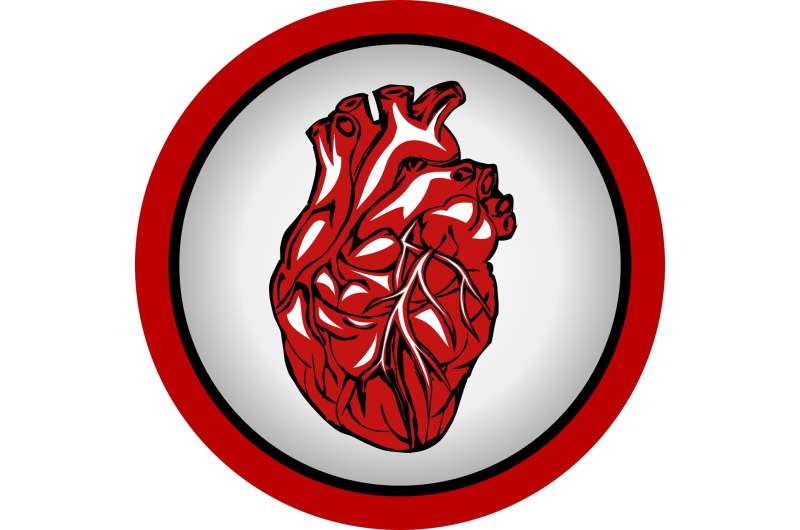
Two studies related to percutaneous coronary intervention (PCI) evaluating the use of risk-avoidance strategies and robotic-assisted technology, respectively, are being presented as late-breaking clinical science at the Society for Cardiovascular Angiography & Interventions (SCAI) 2021 Scientific Sessions. An analysis of strategically avoiding high-risk PCI cases indicates systematic risk-avoidance does not improve, and may worsen, the quality of hospital PCI programs. A study of a robotic-assisted PCI shows the technology is safe and effective for the treatment of both simple and complex lesions; this has the potential to address the occupational hazards associated with radiation exposure and procedure-related orthopedic injuries for physicians.
PCI is a nonsurgical procedure that uses a stent to open up narrowed blood vessels, improving blood flow to the heart. PCI is performed more than 500,000 times every year across the U.S. and is a critical procedure to treat the most common form of heart disease, coronary artery disease (CAD), making it top of mind for researchers to analyze and improve how the interventional cardiology community performs PCI.
Prioritizing patient outcomes: evidence for eliminating risk-avoidance strategies
Patients may be considered high-risk for complications related to PCI based on their age, history of disease or other risk factors specific to their condition. In these cases, operators may avoid performing PCI as to limit negative effects on performance metrics placed on hospital cath labs. However, the actual impact of these strategies on individual hospital performance had not been previously determined. New data indicates PCI should be offered to all eligible candidates, regardless of risk—highlighting the need to prioritize patient outcomes over performance metrics.
The analysis conducted through a collaboration between the Hospital of the University of Pennsylvania and Duke University Medical Center included all adult patients who underwent PCI at a participating hospital in the National Cardiovascular Data Registry CathPCI registry between January 1, 2017 and December 21, 2017. Risk-adjusted mortality rates were calculated for each hospital. To simulate a systematic risk-avoidance strategy, the highest predicted risk cases (top 10%) were eliminated for each hospital and risk-adjusted mortality rates were recalculated.
The findings showed that after removing the riskiest PCI procedures, there is no guarantee that the measured quality of a PCI program will improve. Of 1,565 hospitals were included in the analysis, 883 (56.4%) reduced their risk-adjusted mortality rate, but 610 (39.0%) hospitals increased their risk-adjusted mortality rate. Hospitals changed their risk-adjusted mortality rate by -0.14% on average with this strategy. There were no significant differences in the patient or procedural characteristics among hospitals which improved compared with those that worsened.
“Through our simulation, we saw that avoiding risky PCI cases is not always beneficial, and may take away from patient care. This signals the need to move away from performance metrics, as to provide each unique patient with the individualized care they need,” said Ashwin Nathan, M.D., Hospital of the University of Pennsylvania. “We hope this will relieve some pressure and empower clinicians to refocus their approach in the cath lab.”
Elevating physician safety: benefits of robotic-assisted technology
For interventional cardiologists performing PCI, there are known hazards including radiation exposure that can cause skin injuries and cancer. A new study demonstrates the safety and efficacy of a second generation robotic-assisted system for PCI, allowing physicians to control the procedure from a distance, rather than tableside. The final results of the PRECISION GRX Study reinforce the advantages of a robotic approach to protect physicians from medical imaging-related radiation, with excellent clinical and technical success.
The prospective international multicenter registry study enrolled patients with obstructive CAD with clinical indications for PCI treated with robotic PCI. The co-primary endpoints were clinical success—complete perfusion (final TIMI 3 flow) and less than 30% residual stenosis without in-hospital major adverse cardiac event—and technical success defined by robotic clinical success without the need for unplanned manual conversion.
Findings show the second generation CorPath GRX System for robotic-assisted PCI is safe, effective and achieves high rates of clinical and technical success across the spectrum of lesion complexity. The study enrolled 980 subjects (65.4 ±11.6 years 73.5% male; 1233 lesions) across 20 centers. Of the patients, 31.6% had acute coronary syndrome and 68.8% had ACC/AHA type B2/C lesions. Clinical success was achieved in 97.8% (955/976) of subjects and 98.2% of lesions treated robotically. Device technical success was achieved in 86.5% (848/980) of subjects and 89.8% of lesions treated robotically. Technical success was higher for type A/B1 lesions as compared to type B2/C lesions (95.5% vs 87.2%, p<0.001).
Source: Read Full Article
